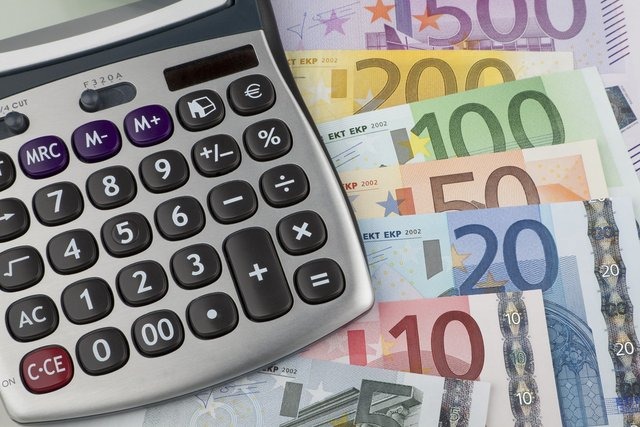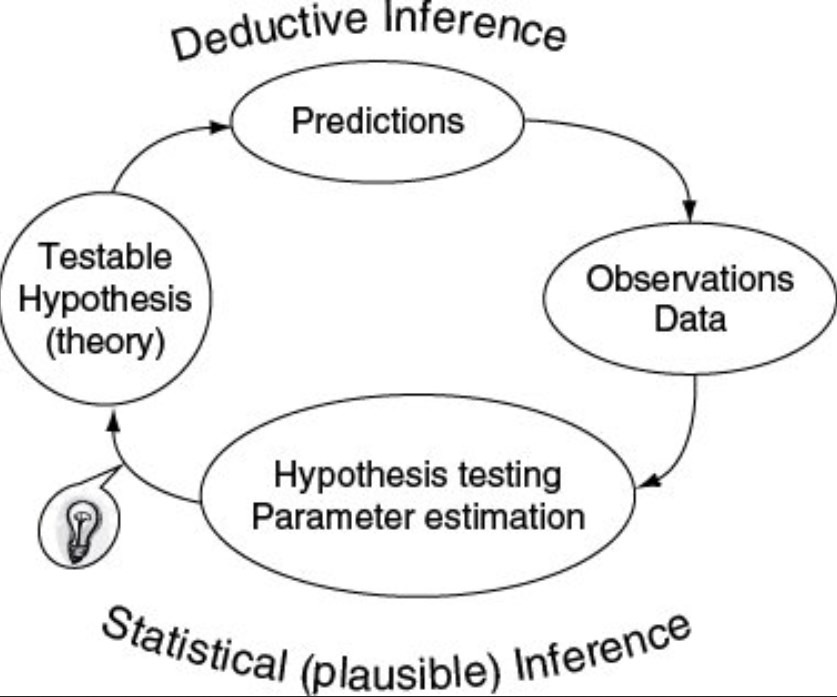Finding the right CFD trading broker is important, as different traders have different needs. Trading platforms and tools offered, differ from broker to broker.
CFD Trading Broker Selection
CFD trading broker selection comes down to personal preferences and needs. In general, all CFD traders need ease of use, when it comes to a trading platform. Because they all have to do some fast trading once in a while. So an easy to use, fool-proof platform is helpful to have. Most CFD trading platforms are fool-proof, and it is hard to make a mistake, such as placing the wrong order type. Or trading the wrong market. Nonetheless, wise traders always act with caution, even during fast trading conditions. As they say, haste makes waste, and the objective is to refrain from impulsive trading. Beyond that issue, some brokers offer trading CFD tips or competitive foreign exchange currency swap rates. As well as extensive educational resources. Beginner traders will find educational tools useful. While experienced traders care more about trading efficiency and trading platform tools. All in all, the entire CFD industry is very competitive and most brokers are exceptionally good. The important thing is to trade through a well rated CFD broker. One where the trader knows trading efficiency is good at all times.

Can a CFD Trading Broker Facilitate Making Millions?
A good CFD trading broker can indeed facilitate heavy duty trading of all kinds. The benefits of CFDs are unique and priceless. They are always there for trading size up to $100 per point / pip. Which way more than enough, for making millions. CFD traders who know their markets, stand a good chance of making millions, smoothly, over an acceptable period of time. So the CFD industry has been proven to facilitate such trading for more than 15 years now. There are CFD trading stories of success by directional traders. As well as by investors and hedgers, who simply hedge risk in their classic portfolios, through a CFD trading account. CFDs were first popular among stock investors and traders. But later were adapted by all kinds of traders, even carry traders using advanced hedging methods. Most successful traders keep quiet about their profits, for all kinds of reasons. But more importantly there is a culture of secrecy, which dates back to the early days of stock trading. Because when the stock market goes down, many classic investors lose money, and treat any winning investors with animosity. With CFDs the advantage is even stronger, because you can actually keep on selling short stocks. And profit directly at the expense of the losers. Even when there are short selling restrictions imposed. So especially during such times, CFD traders making tons of money when the stock market goes down, have good reasons to keep quiet. People would hate you enough even if you make millions the hard way, let alone when you make millions the easy way. But there’s no reason to feel guilty, profits from CFD dealing are subject to taxation, at the going capital gains tax rate. And you take risks to generate these profits. So there’s no reason to feel guilty.










